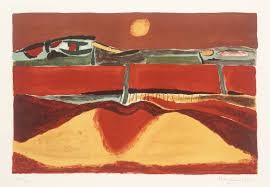
1883 - 1970
Henri (Henryk) Hayden

description
A Polish avant-garde artist of Jewish origin, who worked in France for most of his life and became a full-fledged representative of the Paris school of painting. The artist’s works are in the collections of the National Museum of Modern Art of Paris (Center J. Pompidou), the prestigious London Tate Modern Gallery and the Museum du Petit Palais (Geneva, Switzerland), the Art Gallery of New South Wales (Sydney, Australia) and other prestigious collections of fine art.
Key ideas:
– In one of his interviews, Henryk Hayden said that during a few years he “absorbed and digested all French painting”, and “absorbed Cubism” in 1915. This led the artist, whose style became fully defined and original, to the creative synthesis of various methods and techniques of avant-garde fine art.
– The peculiarity of the Polish artist’s manner was determined by the fact that he studied engineering before deciding to devote his entire life to painting. Hayden, as an engineer, was interested in the work of Cezanne and his Cubist followers – it was possible to “redraw” the depicted object and rebuild it at his discretion. Hayden demonstrated virtuosity in this technique using spectacular lines that very deftly separate parts of objects, as well as contrasting textures of fragments. Apart from that, the student of the Warsaw painting school initially highlighted different forms with colours and applied a perspective reduction of objects, coming to small elliptic signs.
– According to art expert K. Green, Hayden always has «a direct link to the observable reality», but the master focuses on the “self-sufficiency” of reproducing objects “for himself”, that is to say, according to his perception of the reality. At the same time, the primary task is “the orderliness of general harmony” and the priority of “autonomous purity” of all components of the composition.
– The master experimented with the monochrome gamma in his paintings of the late period. Not losing their figurativeness, the elegiac paintings “The green landscape” and “The symphony in green”, “The red field” and the landscape “Mandolina” rather express the mood than the reality.
– A great connoisseur of music, Henryk Hayden constantly depicted musicians and their instrument throughout his long creative career; the painting themselves are based on the rhythm of elements, even those, which have not yet acquired smooth lines, but consist of more strict geometric figures. The meditation and clarity of view characterize the last years of the artist.
1883
1902 - 1907
1907 - 1908
1911
1914 - 1915
1917 - 1919
1920
1940 - 1950
1960
1970
The artist was born
Studied at studios and workshops of the Warsaw School of Fine Arts

He moved to Paris

His first solo exhibition

Signed a contract with art dealers Leon Rosenberg and Charles Malpel
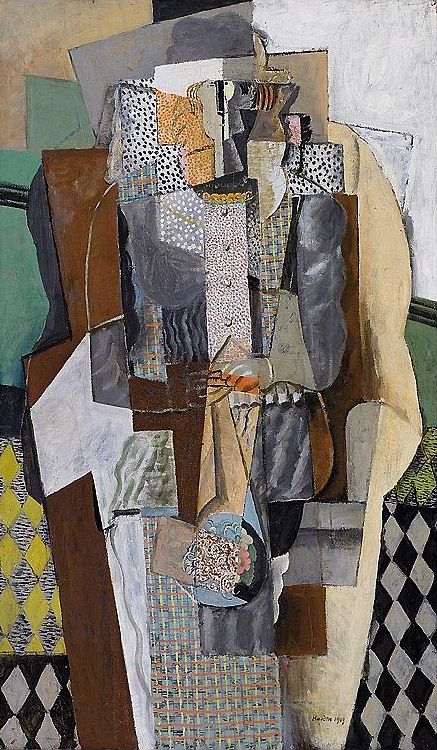
Participated in the exhibition “Lyra and the Palette”
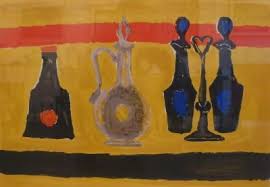
The artist’s painting became more imaginative
By the middle of the decade, the artist’s painting became more imaginative; this mostly concerned landscape painting, which turned out to be extremely successful financially.
Became interested in ideas of the theater of the absurd
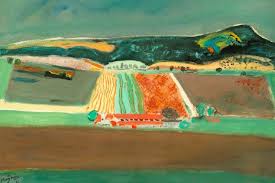
The artist's large retrospective exhibitions
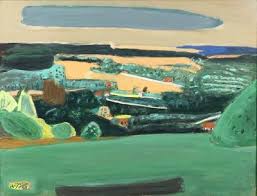
The artist died
